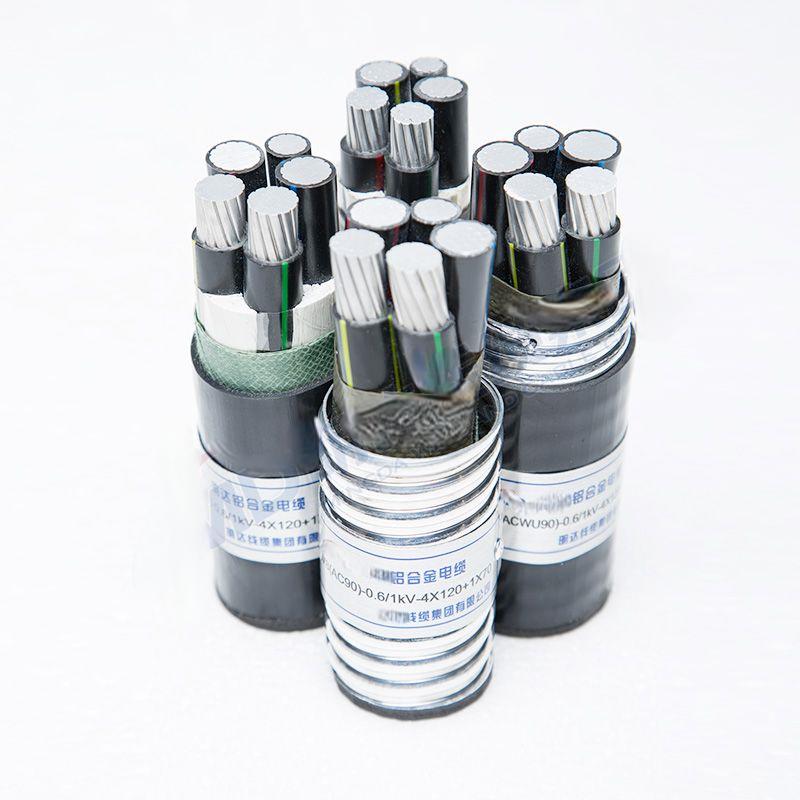10 月 . 05, 2024 14:47 Back to list
Innovative Grooved Butterfly Valve Design for Enhanced Flow Control and Efficiency Solutions
Understanding Grooved Butterfly Valves A Comprehensive Overview
Grooved butterfly valves are an essential component in various industrial applications, known for their efficiency in regulating fluid flow. Unlike traditional valves, these designs feature a distinct grooved structure that enhances their functionality and performance. This article explores the design, advantages, applications, and maintenance of grooved butterfly valves, highlighting their significance in today's engineering landscape.
Design Features
The grooved butterfly valve consists of a circular disc or a 'butterfly' that rotates within the valve body to control the flow of fluids. The unique grooved mechanism allows for a tighter seal when the valve is closed, reducing the risk of leaks. The body of the valve is typically constructed from durable materials such as stainless steel, ductile iron, or PVC, making it suitable for various operational environments. The grooved ends of the valve are designed to facilitate quick and easy installation, allowing for a secure connection to piping systems without the need for extensive welding or threading, which can save significant time during assembly.
Advantages of Grooved Butterfly Valves
One of the primary advantages of grooved butterfly valves is their lightweight construction, which contributes to ease of handling and reduced installation costs. Additionally, their compact design enables them to occupy less space compared to other types of valves, making them ideal for installations where space is a premium. The operation of these valves also requires minimal torque, allowing for smoother and quicker adjustments. Furthermore, they exhibit lower pressure drop characteristics, ensuring efficient fluid flow and reduced energy consumption within the system.
grooved butterfly valve

Applications
Grooved butterfly valves are utilized in a wide array of applications across multiple industries. They are commonly found in water treatment facilities, HVAC systems, irrigation, and various manufacturing processes. Their versatile nature allows them to handle different types of fluids, including water, chemicals, and gases, making them a popular choice in both residential and industrial settings. In fire protection systems, grooved butterfly valves play a critical role by providing a reliable means of controlling water flow in fire suppression systems.
Maintenance Considerations
To ensure optimal performance, regular maintenance of grooved butterfly valves is crucial. Operators should inspect the valves periodically for signs of wear or damage, paying particular attention to the disc and the sealing surfaces. Lubrication of moving parts can enhance operational efficiency and prolong the valve's lifespan. Additionally, it is essential to monitor the valve's performance and recalibrate if necessary to maintain efficient flow control.
In conclusion, grooved butterfly valves represent a sophisticated solution for fluid control in various applications. Their unique design, combined with numerous advantages, makes them an invaluable asset to engineers and operators alike. Understanding their functionality and maintenance requirements ensures that these valves perform effectively, contributing to the overall efficiency of industrial systems.
Share
-
Understanding the Differences Between Wafer Type Butterfly Valve and Lugged Butterfly ValveNewsOct.25,2024
-
The Efficiency of Wafer Type Butterfly Valve and Lugged Butterfly ValveNewsOct.25,2024
-
The Ultimate Guide to Industrial Swing Check Valve: Performance, Installation, and MaintenanceNewsOct.25,2024
-
Superior Performance with Industrial Swing Check Valve: The Essential Valve for Any SystemNewsOct.25,2024
-
Industrial Swing Check Valve: The Ideal Solution for Flow ControlNewsOct.25,2024
-
You Need to Know About Industrial Swing Check Valve: Functionality, Scope, and PerformanceNewsOct.25,2024